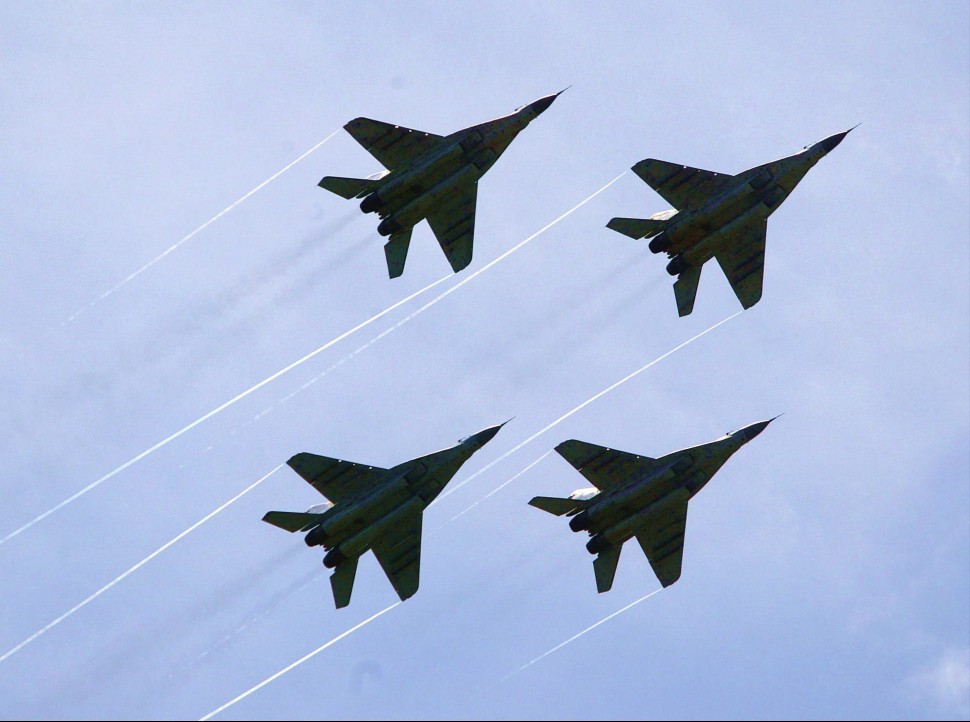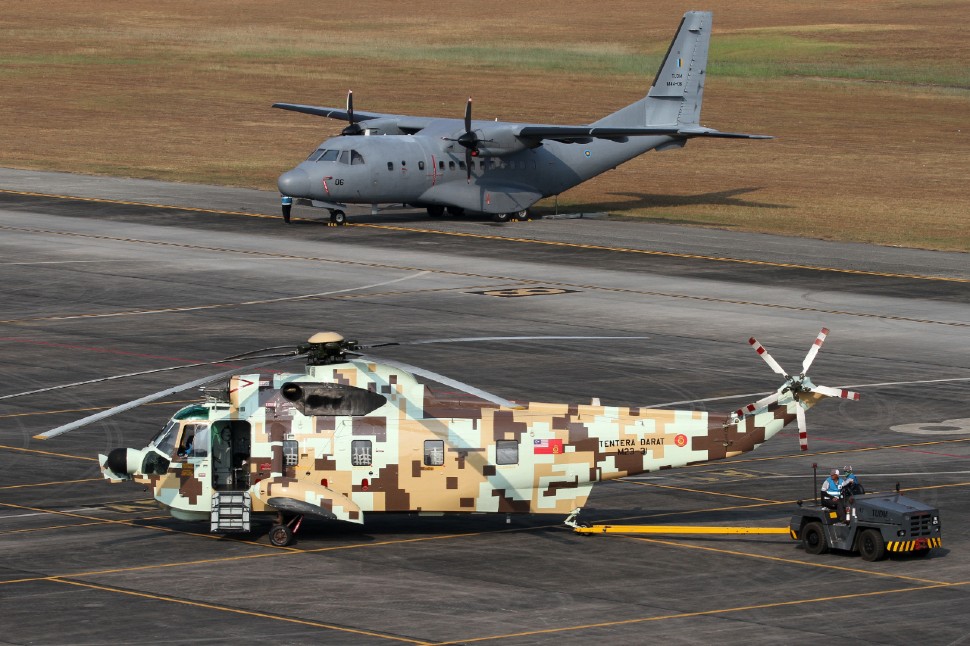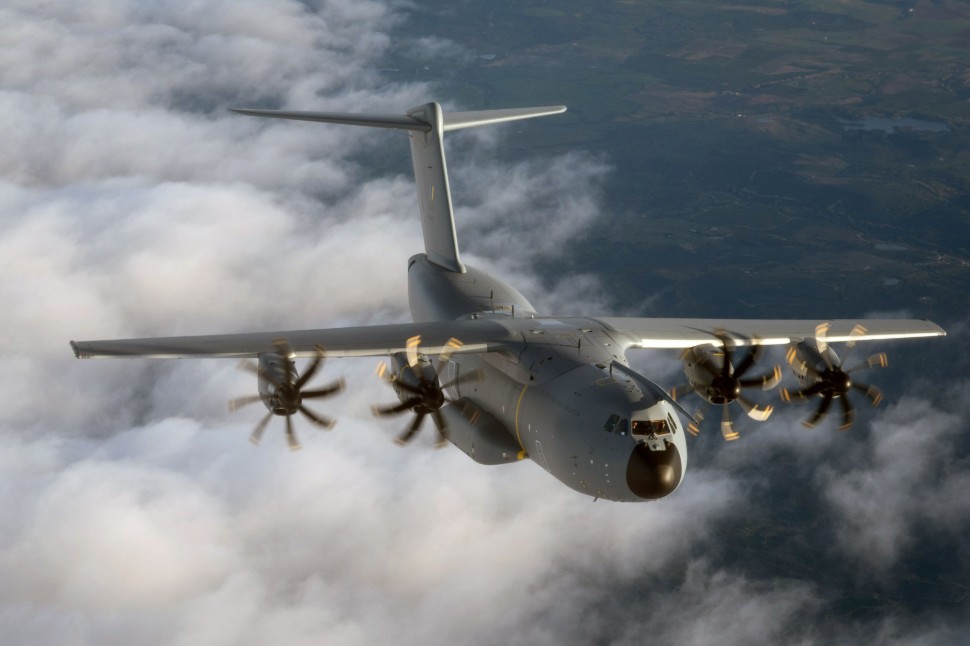Setting the stage for the 2019 Langkawi International Maritime and Aerospace (LIMA) exhibition to be held from 26-30 March, the Royal Malaysian Air Force has issued requests for information covering its planned requirements.
This is likely to prompt several manufacturers to position themselves for the needs, which cover light combat aircraft (LCAs) and unmanned air vehicles (UAVs), with some bringing their products for display at the show. LIMA will again offer visitors its typical buzz under the resort island’s azure skies, but Kuala Lumpur’s procurement history will overshadow the show.
It is worth remembering that previous editions of LIMA have also focused on supposedly pending procurements, such as the multi-role combat aircraft (MRCA) replacement for the RAC MiG-29 and for maritime patrol aircraft (MPA). Neither has resulted in an actual procurement, however. In 2017, the previous Barisan National government under Najib Razak awarded the MPA programme an initial funding allocation, allowing the air force to conduct assessments and evaluation. But in 2018, the programme was cancelled following the election of a new government led by Prime Minister Mahathir Mohamad.
While the LCA and UAV requirements exist under the air force’s Capability 55 plan issued in 2018, there is no indication as to if or when funding will materialise. The service’s stated goal of taking until 2055 to achieve its desired force structure suggests, however, that its leadership believes funding will emerge some time in the next four decades.
In a speech during his visit to the defence ministry on 21 February, Mohamad pledged support for the Malaysian armed forces’ development plans, including Capability 55, but the government has offered few indications that any real funds will be forthcoming.
Kuala Lumpur has a long history of procrastinating: the MRCA requirement has dragged on unfulfilled for more than a decade. The MiG-29s that the new MRCA jet was intended to replace were put into storage in 2018, despite the competition attracting strong interest from the Boeing F/A-18E/F Super Hornet, Dassault Rafale, Eurofighter Typhoon and Saab Gripen C/D at previous iterations of the LIMA show.
Indeed, it is far from clear if the current government will fund any new military procurement in the short term. It continues to stress that the nation faces fiscal challenges from debts and mismanagement by Najib’s government. As a result, defence spending is unlikely to be a priority. Requirements for new air assets in all three branches of the military are all but certain to remain unfulfilled.
UNPRECEDENTED STEP
A defence white paper, Malaysia’s first ever, will be presented to the cabinet in July before being tabled in parliament in September for approval. A major question is whether the white paper will commit procurement programmes to a scheduled budgetary timeframe.
Malaysian air force officers have told FlightGlobal that the Capability 55 plan is intended to outline the service's requirements, but not pressure the government into fulfilling them. This approach may backfire: the declared target end state of 2055 may well result in the government seeing no need for urgency, given the length of the proposed timeframe.

Malaysia MiG-29s perform at LIMA 2003
Ahmad Yusni/EPA/REX/Shutterstock
Should the Capability 55 plan move forward, the current fleet of five fighter types – Aermacchi MB-339CMs, BAE Systems Hawk 108/208s, the Boeing F/A-18D, Sukhoi Su-30MKM and MiG-29 – will be reduced to two: the MRCA, which will equip two squadrons, and the LCA, deployed across three. The LCA will also carry out the lead-in fighter training role currently assigned to the MB-339CMs and part of the Hawk fleet.
For the transport role, the current airlift fleet, comprising the Airbus Defence & Space A400M and CN235, plus standard and stretched Lockheed Martin C-130Hs, will be consolidated from four squadrons into one fielding strategic airlift/multirole tanker-transport (likely built around the A400M fleet) and two tactical airlift squadrons, also operating a single aircraft type.
The Capability 55 plan also calls for the air force to add a squadron each of UAVs, MPA and airborne early warning and control system aircraft. Its four helicopter squadrons, operating Airbus Helicopters H225Ms and Sikorsky S-61A Nuri rotorcraft will be reduced to two, operating a common combat search and rescue type.
Rounding out the plan are nine long-range air defence radar stations and a ground-based air defence regiment. The plan offers no specifics on timeframes beyond an end goal of 2055. It also fails to specify how many aircraft or UAVs will constitute a squadron.
NOTIONAL BACKING
Yet while the government claims it will support the plan, Kuala Lumpur’s long history of unfulfilled procurement plans suggests pessimism is in order. The new Pakatan Harapan government has no fiscal allocation for the MRCA or LCA procurements. In any case, its commitment to transparency and openness means a new international tender is necessary for both requirements.
The air force could well end up seeing the MRCA dropped for the LCA if the government decides this is cheaper. This could mean the service will soldier on with the F/A-18D and Su-30MKM– unless the LCA turns out to be a more capable single-engined aircraft, such as the Gripen or Lockheed F-16V Block 70. So far, LCA contenders are a motley bunch: the Chengdu/Pakistan Aeronautical Complex JF-17, Hindustan Aeronautics Tejas and Korea Aerospace Industries F/A-50.

Thai air force Gripens
Saab
Going for the Tejas is a non-starter for Malaysia, because the aircraft features the Israeli-produced Elta ELM-2032 fire control radar – Kuala Lumpur does not recognise Israel. The F/A-50 is also equipped with the same radar – although an alternative could be sought, this would entail higher costs.
Should the LCA procurement make no progress, a potential stopgap measure has been considered in the form of surplus F/A-18s from Kuwait as the Gulf state's air force switches over to the Super Hornet, but it remains to be seen if this will actually take place.
Malaysia's air force has, however, obtained surplus F/A-18 parts from the Royal Australian Air Force as it phases out its “Classic” Hornets in exchange for the Lockheed F-35A Lightning II.
The MPA programme, meanwhile, has been cancelled by the Pakatan Harapan government and it is unclear whether the white paper will revive it. Plans by the previous government to upgrade the Hawk 108/208, C-130H and S-61A Nuri fleets have also been placed on hold.
From 2015, Malaysian C-130Hs were controversially used by the Najib government on a rotational deployment in Saudi Arabia. These provided logistical support to Riyadh as part of its military campaign in Yemen. Upon assuming power, the Pakatan Harapan government ended this mission, recalling the aircraft and personnel.
One of the rare positive developments for Malaysia's air force in recent years has been the performance of its A400M fleet. The type has taken over a substantial portion of the C-130H’s role of air transportation in Malaysia, along with participating in relief missions to Bangladesh for Rohingya refugees. In October 2018, an A400M and two C-130Hs also supported relief operations in Palu, Indonesia following an earthquake there. The service also has carried out in-flight refuelling operations with the A400M using Cobham refuelling pods, though the aircraft has yet to drop paratroopers.
ROTORCRAFT REQUIRED
The upgrade of the air force’s S-61A Nuri fleet remains in question, and by extension the army’s S-61As, consisting of helicopters previously operated by the air force. Cirium’s Fleets Analyzer shows that Malaysia operates 28 Nuris: 27 S-61A-4s and a single upgraded S-61N. The average age of the fleet is 44.6 years. The upgrades mainly involve the rotorcraft’s avionics and will see the type receive an all-new glass cockpit, with a moving map and digital flight displays.
The army air corps is to eventually operate 12 examples, with the air force being left with around a dozen. The S-61A, however, is little suited for tactical operations, so the army has still a requirement for tactical transport helicopters.
An attempt was made to obtain surplus Sikorsky S-70A Black Hawks from Brunei, but this was cancelled in 2016. Sources have also said that the delivery of six MD Helicopters MD530Gs in the attack role has been pushed back from February 2019 to September, due to production delays. The Malaysian navy has a requirement for at least six anti-submarine warfare helicopters, along with a replacement for its six-strong Airbus Helicopters AS555 Fennec 2 fleet, but again, funding has yet to be allocated.

S-61 Nuri on display at LIMA 2015
AirTeamImages
The air force, meanwhile, issued requests linked to a medium-altitude, long-endurance UAV, although again, no funding has been confirmed. The AVIC Wing Loong, General Atomics Aeronautical Systems MQ-9B and Turkish Aerospace Anka UAVs will all be promoted at LIMA, but it is far from certain if a selection will be made.
The navy has had better luck in obtaining UAVs, as it will receive six Insitu ScanEagle 2s from the USA as part of that country’s Maritime Security Initiative. The systems will be delivered in the third quarter of 2019. The navy plans to begin initial operations in the South China Sea portion of East Malaysia before expanding operations to the Sulu Sea.
Until this year’s white paper is released, it appears that despite the change of government, military procurement programmes remain on hold. While Kuala Lumpur and the armed forces will continue to discuss requirements, which are growing increasingly urgent, given the country’s ageing fleet and strategic challenges, funding will continue to be a major issue.

Malaysian A400M
Airbus
Source: Flight International



















